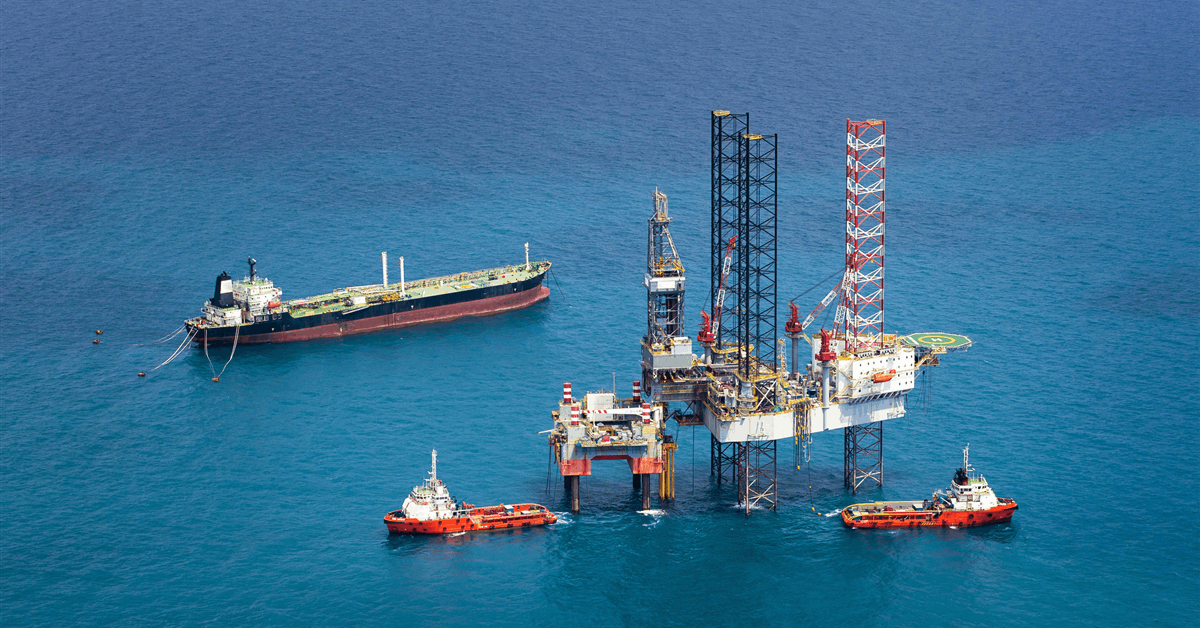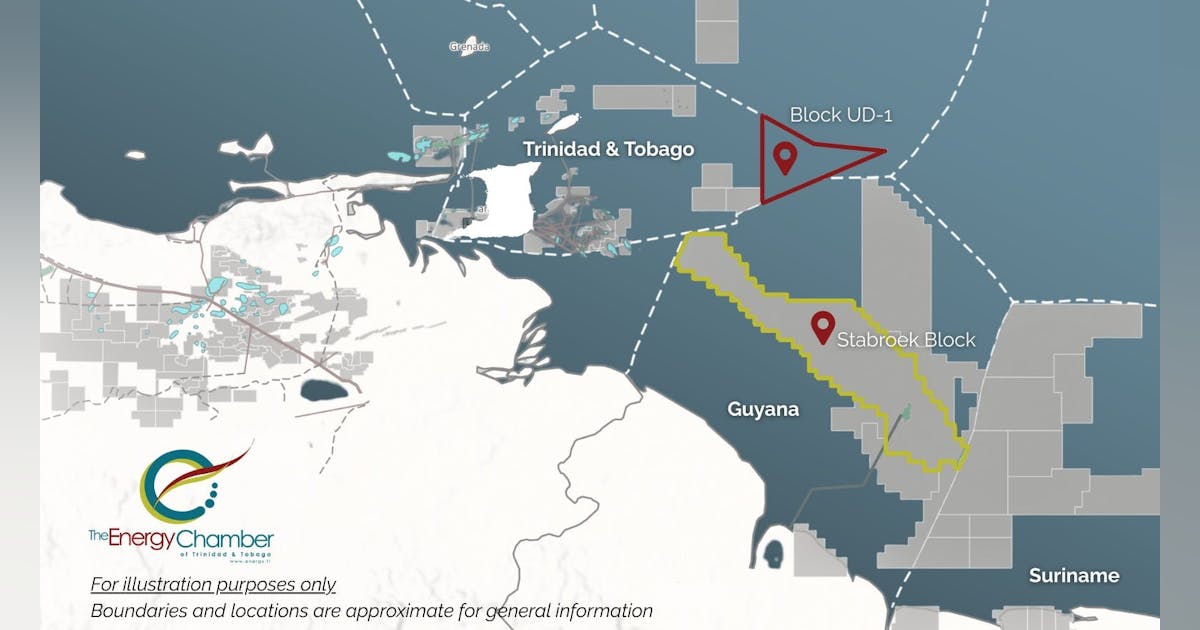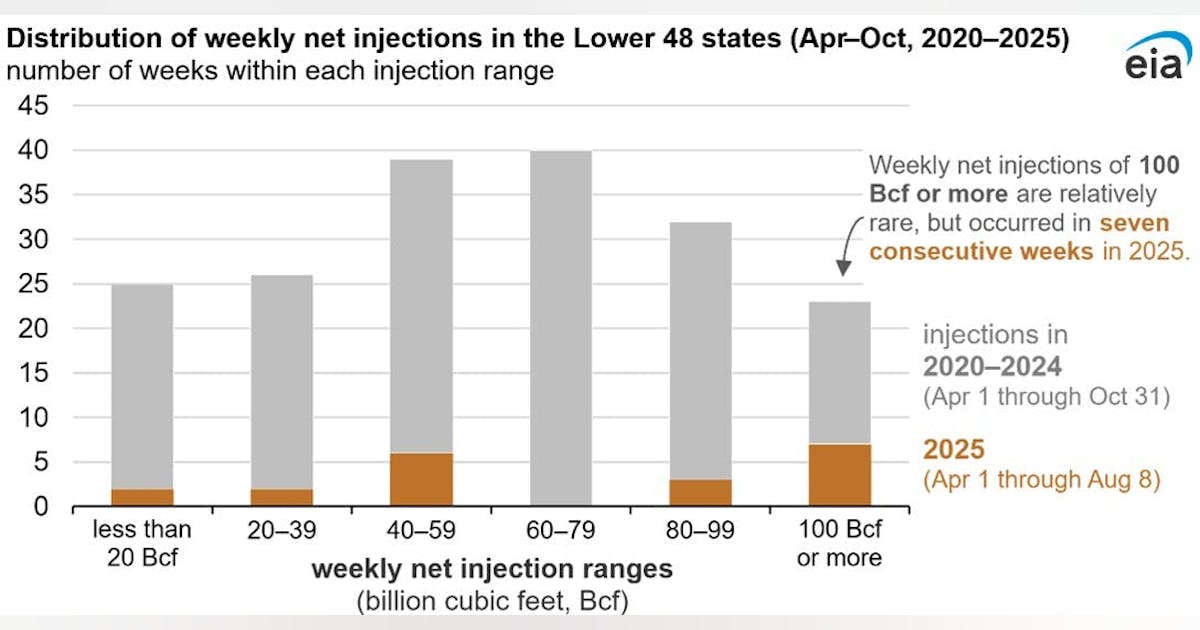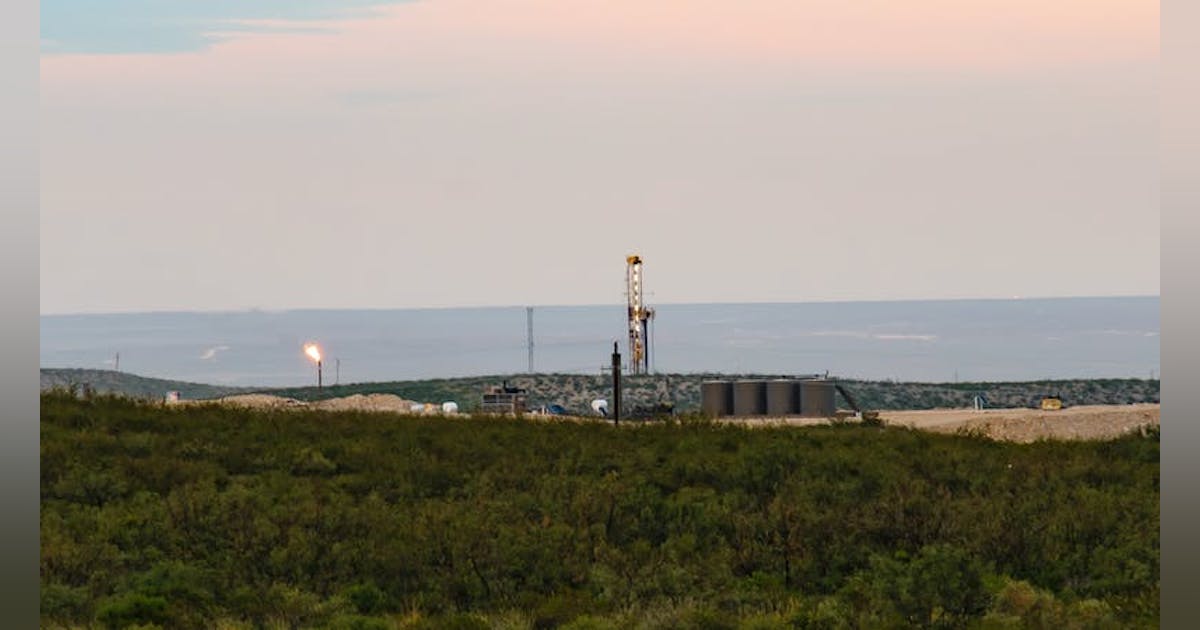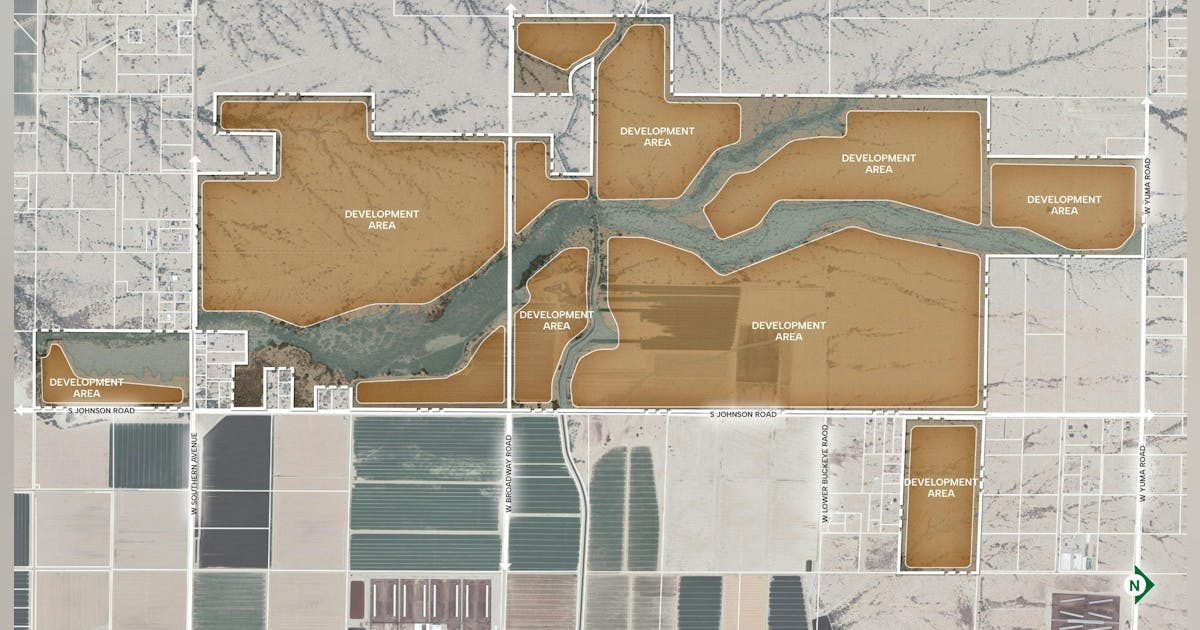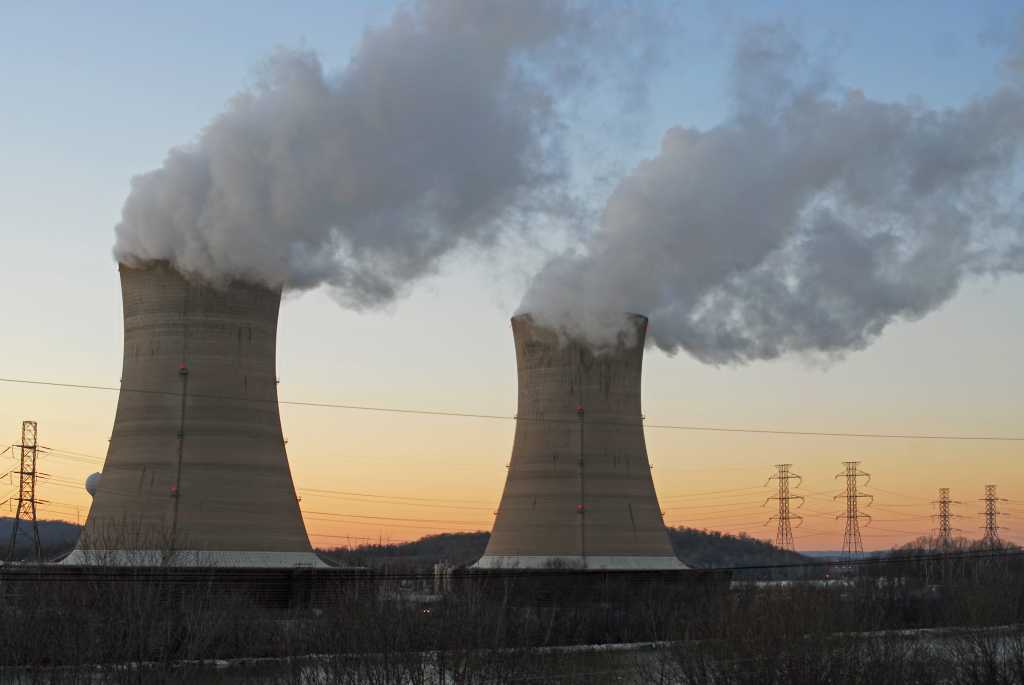
According to data from the International Energy Agency (IEA), Russian crude exports rose by 20,000 b/d m-o-m in July to 4.6 million b/d, 80,000 b/d higher than in July 2024. Product exports increased by 60,000 m-o-m b/d but were still 80,000 b/d lower than the previous year. The rise in oil export revenues was more significant, climbing 7% m-o-m due to higher prices and the additional day in July compared to June. Overall revenues grew by $900 million m-o-m to $14.3 billion, yet this figure remains $2.1 billion lower than the same period last year, marking the lowest revenue for July since 2021.
Throughout July, Russian Urals crude prices stayed below the $60/bbl price cap, although the discount to North Sea Dated crude narrowed by $0.60 to $0.80/bbl, settling at around $11.90/bbl—one of the tightest margins since sanctions were initiated.
Meanwhile, Eastern Siberia–Pacific Ocean (ESPO) crude prices rose faster than Urals, boosted by the strength of the market East of Suez, and exceeded the price cap again in July. Its discount to North Sea Dated narrowed by $1.70/bbl over the month. Urals discounts versus Dubai for deliveries on the west coast of India hit near parity in June, before easing in July. Strong sour crude demand sustained Urals values but discounts widened sharply in early August after new sanctions were announced.
New sanctions
On Jul. 18, the European Union (EU) approved its eighteenth set of measures targeting Russia. This package notably adjusted the crude price cap for seaborne Russian exports to track global crude prices and introduces an automatic mechanism that modifies the cap to ensure it remains effective.
The new cap will come into effect on Sep.3 at $47.60/bbl, compared with $60/bbl currently. The Commission will recalculate the price cap as 15% below the average market price of Russian crude oil over a period of 22 weeks commencing on Jul.15, 2025, and subsequently every 6 months. If the market price during the reference period changes less than 5%, the cap remains unchanged. A wind-down period allows compliant contracts concluded before July 20, 2025, to be fulfilled by Oct. 18, 2025. The UK joined the revised cap.
With effect from Jan. 21, 2026, the EU prohibited EU operators from purchasing, importing or transferring petroleum products derived from Russian crude oil refined in non-EU non-partner countries that are net crude importers in the year prior to the imports. Importers will have to provide proof of origin for the crude used to produce the refined product.
The ban aims to halt any EU access to Russian oil. It prohibits providing direct or indirect technical assistance, brokering services, financing or financial assistance, as well as insurance and re-insurance. The Commission is finalizing the regulation’s details, including the treatment of Russian feedstocks, and will publish guidance on its implementation.




